The Fascinating History of Green Tea in Japan
As a Japanese chef, I can’t quite express how integral Japanese Green Tea is to our culture. A cup of that soothing green
It’s intriguing to think about how deeply the story of green
Known for its distinctive taste and health benefits, the love for green
Despite its international spread, the green tea tradition still holds a precious place in Japan’s heart. It reflects our character and spirit which can be experienced in a warm, inviting cup of green
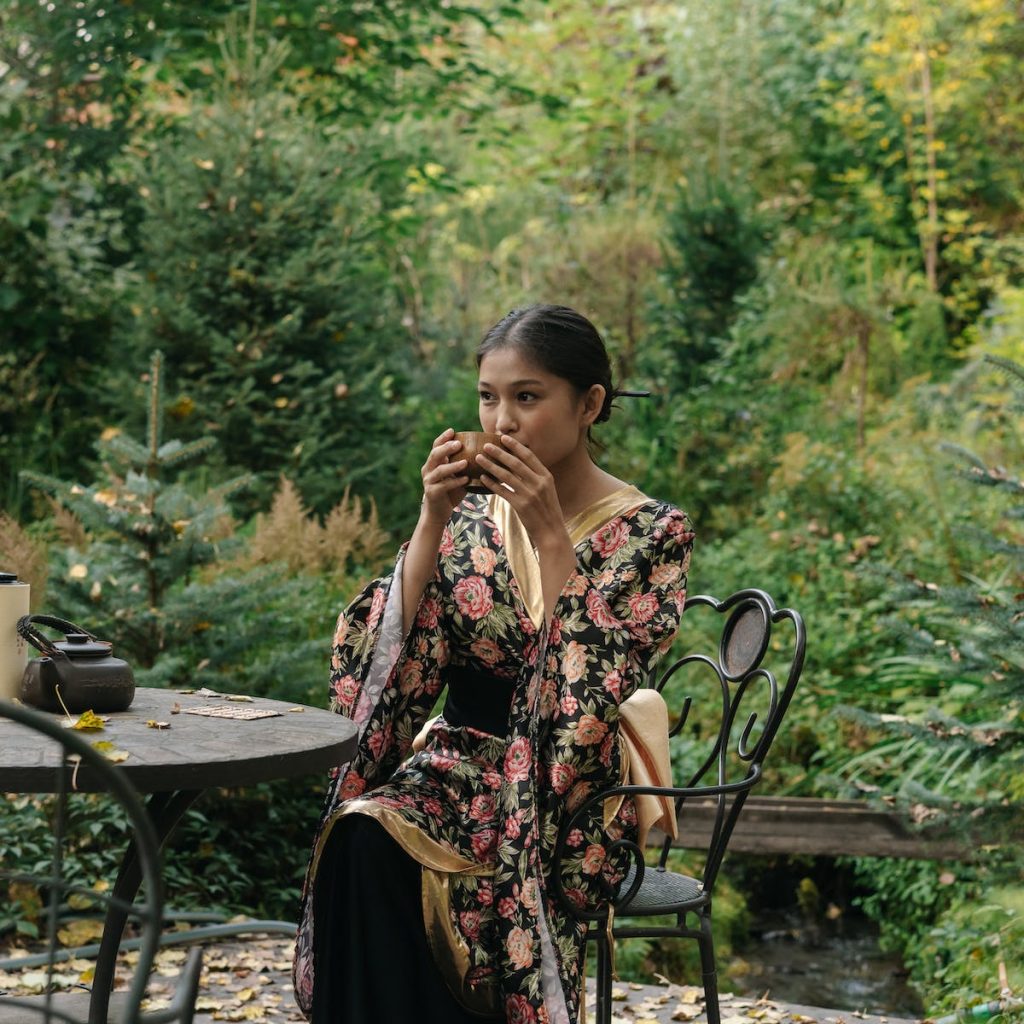
Japanese Tea Guide: What Makes Japanese Tea Special?
What makes Japanese tea special, you ask? Well, it all boils down to quality. Japan’s unique
You see, Japanese teas aren’t just any teas; they’re lovingly crafted masterpieces, steeped in tradition. Here are a few reasons why Japanese tea stands out:
- Rich Tradition: Japanese tea has a history that dates back to the 8th century, when it was introduced by Buddhist monks from China. It quickly gained popularity among the upper classes and became an integral part of Japanese culture.
- Diverse Varieties: Japan offers a wide range of green teas, each with its own distinct flavors and aromas. From the delicate sweetness of Sencha to the luxurious Gyokuro and the refreshing Kukicha, there’s a tea for every palate.
- Exceptional Quality: Japanese tea is known for its high quality and meticulous production process. From the cultivation of tea plants in renowned regions like Shizuoka and Kyoto to the careful harvesting and processing techniques, every step is taken to ensure the finest tea leaves.
So, the next time you sip a Japanese brew, remember, you’re sipping on a little piece of Japan.
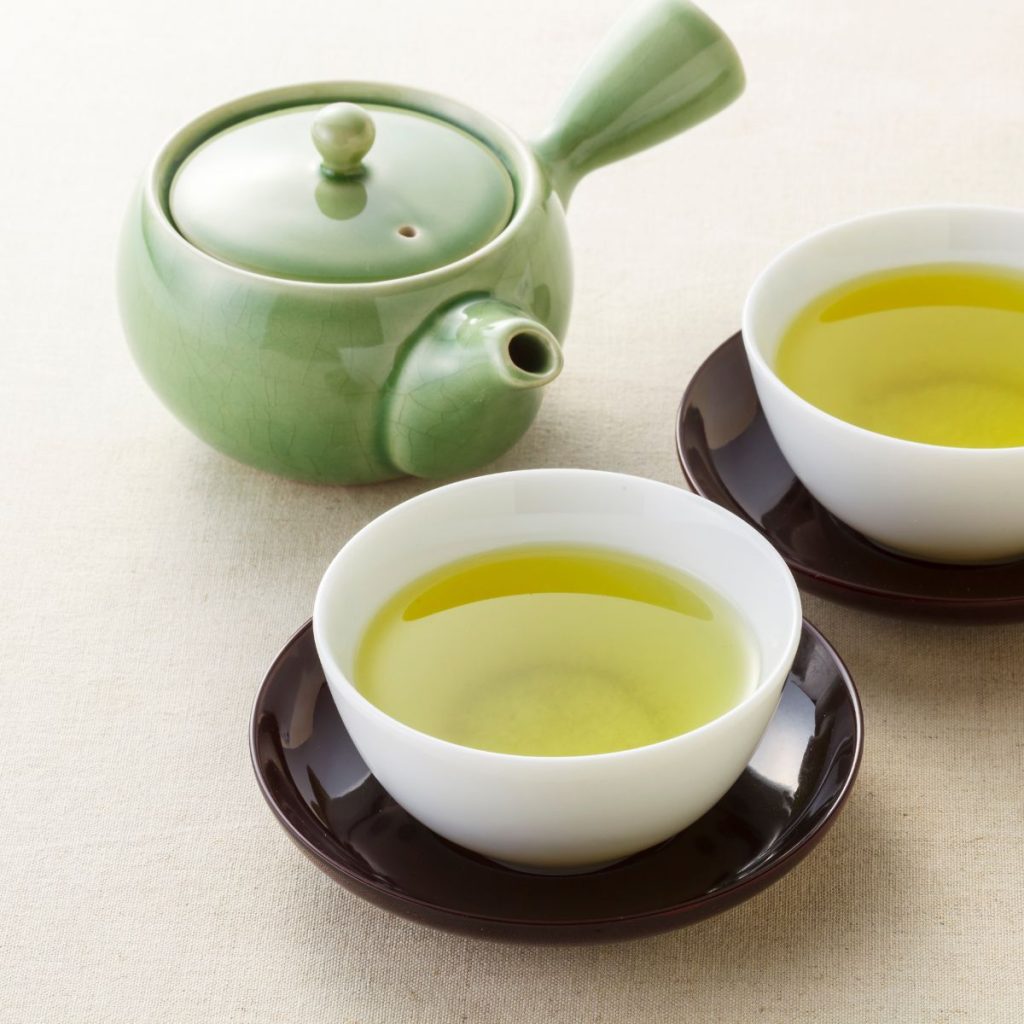
Exploring the Health Benefits of Japanese Teas
Some might see
The most praised and popular among these is certainly green
Another popular type we can’t forget to mention is matcha. Organic matcha, especially, is believed to boost metabolism and help in detoxification.
Preparing
It’s important to remember, though, that besides getting these teas fresh and organic, the method of preparation also plays a substantial role. So, to experience the full health advantages, it’s worth discovering and adopting these elements of Japanese
The Role of Caffeine in Green Tea
If you’re wondering about the role of caffeine in green
Despite being less than the regular caffeine content seen in other beverages, the caffeine in green tea plays an essential role in providing certain health benefits.
When you regularly consume teas, specifically Japanese green teas, the caffeine can contribute to wellbeing. Among many health benefits of teas, caffeine enhances alertness and improves concentration.
Interestingly, the taste of green
So, remember, it’s not just about taste – there’s caffeine working behind the scenes to boost your health too!

Different Types of Japanese Tea : Beyond just Matcha Green
When most people think about Japanese teas, it’s often matcha green that first springs to mind. But let me tell you, there’s a surprising diversity hidden up our sleeves over here in Japan.
We’ve got more than just the popular
But there’s even more to explore. For example, while exploring Japan, you’ll come across teas like Genmaicha, a mixture of green leaves and roasted rice, and Kukicha, harvested from the twigs of the
Just like the diversity of our leaves, our teas reflect the diverse culture and history of Japan. It’s certainly about more than just the caffeine in green
So, if you thought Japanese teas were just matcha green, it’s time to think again. We’ve got a whole
1. Sencha
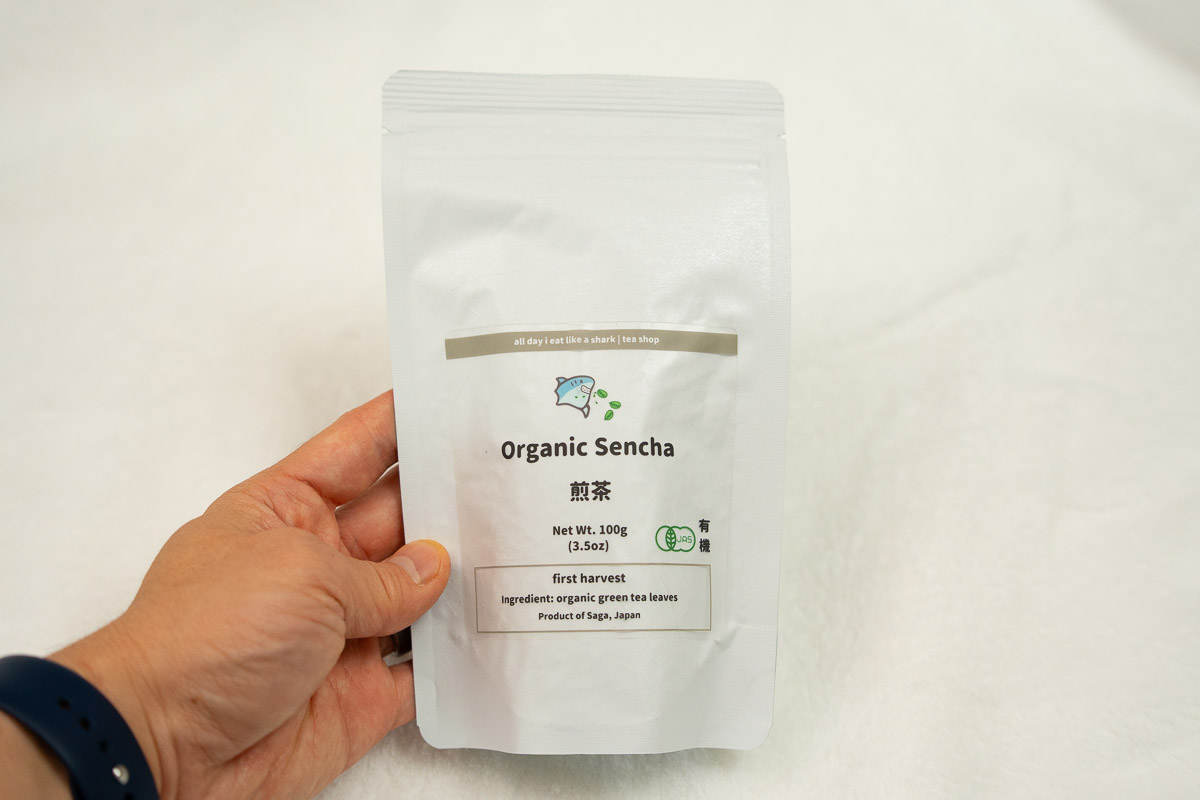

- Offers an authentic and unique flavor experience, showcasing the vibrant gold hue of the premium Yabukita cultivar Sencha from Saga, Japan.
- Versatile taste ranges from mellow to boldly astringent without excessive bitterness, catering to different preferences.
- Abundant in antioxidants, contributing to potential health benefits like immune support, mental clarity, and relaxation.
- Its complementary astringency makes it an ideal pairing with desserts, enhancing its versatility in consumption.
- The Certified JAS Organic label ensures quality and appeals to those seeking organic and responsibly sourced teas.
- Brewing requires attention to water temperature and timing for optimal taste
- The distinct astringency might not suit everyone's palate, particularly those who prefer smoother, milder flavors.
- Premium quality might come with a higher price point
- Limited availability due to specific regional origin
You might’ve heard about matcha, but let’s bring some attention to sencha, Japan’s most popular
Not just incredibly tasty, sencha’s health benefits are extensive, from boosting metabolism to enhancing mood. Much like other teas in Japan, the caffeine in sencha is more balanced, giving you a gentle lift without the jittery side effects.
But what makes sencha special, you ask? Well, it’s all about the process. The carefully picked green leaves are gently steamed and then rolled, resulting in a richer flavor and a vibrant green color.
2. Matcha
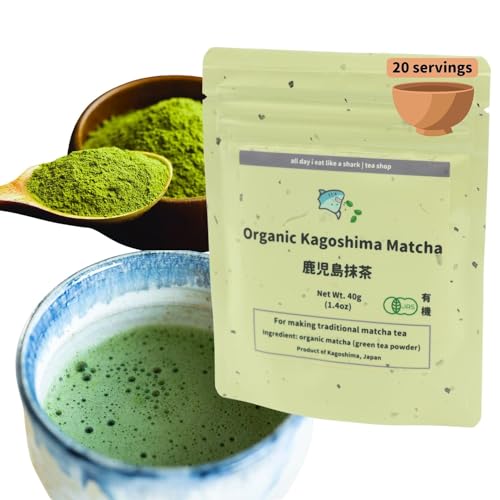

- Offers an authentic and pure matcha taste, ideal for traditional ceremonies.
- Abundant in antioxidants, vitamins, and minerals, potentially supporting well-being.
- JAS certification ensures it's free from pesticides, chemicals, and GMOs.
- Processed using traditional methods by tea masters, maintaining quality and tradition.
- Creates a vibrant green color and frothy texture, enhancing the visual experience.
- Primarily intended for ceremonial preparation, it might not be suitable for all recipes.
- Premium quality ceremonial matcha can be more expensive compared to regular tea.
- The unique matcha flavor might not be enjoyed by all palates.
Ah, matcha, such an iconic type of Japanese
The best matcha has a smooth, not-too-bitter taste that can be enjoyed on its own, or used in a variety of dishes. That’s right, you can cook with matcha too! From matcha-infused sweets to matcha-flavored savory dishes, the possibilities are endless.
When you drink matcha, you’re partaking in a centuries-old tradition that holds a special place in Japanese culture. Plus, there’s a potential health benefit as well.
Just like its cousin, sencha, matcha is packed with antioxidants, amino acids, and caffeine for an energy boost. Ultimately, matcha is more than just a
3. Gyokuro
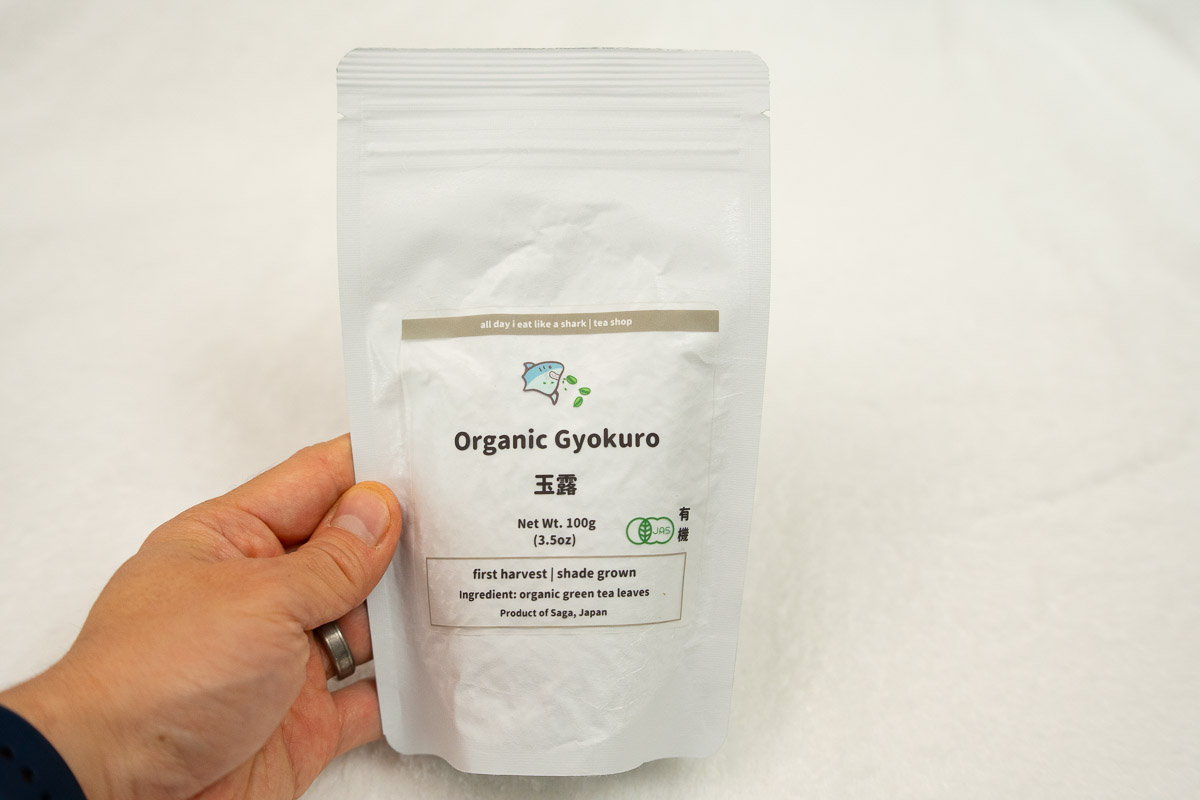

- Offers a unique "jade dew" flavor through meticulous shade cultivation, providing a distinctive taste experience.
- Considered a luxurious self-care ritual and thoughtful gift, adding an elegant touch to each cup.
- Certified JAS Organic label assures organic origin and methods, appealing to health-conscious consumers.
- Abundant in L-theanine and antioxidants for relaxation, mental clarity, and immune support.
- Requires precise brewing with specific water temperature, leaf amount, and steeping time.
- Acquired taste might limit its appeal to those who appreciate sophisticated green tea flavors.
- Potential for a higher cost due to premium origin, meticulous cultivation, and organic certification.
- Limited availability due to its specific cultivation and regional origin.
Let’s have a chat about Gyokuro, a uniquely special Japanese
Produced from shade-grown
Japan’s
With Gyokuro, you’re not just enjoying a cup of
4. Hojicha


- Organic Hojicha, a cozy Japanese green tea, boasts an earthy, roasty, and nutty flavor profile, embodying the essence of Japanese tea culture.
- With its reduced caffeine content, it's a soothing and relaxing choice, perfect for unwinding.
- Packed with antioxidants, Hojicha supports immunity and digestion, contributing to overall well-being.
- Roasting imparts a warm, earthy flavor while reducing bitterness, making it a versatile and palatable option.
- Certified JAS Organic, it guarantees quality and invites you to experience the art of balance and flavor in every sip.
- Traditional roasting might result in limited availability during periods of high demand.
- The distinct roasted taste might not appeal to those seeking the more typical grassy notes of green tea.
- The reduced caffeine content might not provide the energy boost that some tea drinkers look for.
- The roasted nature of Hojicha could lead to a potentially higher price point compared to non-roasted green teas.
So you’ve been sipping on Japanese
Here’s where hojicha sets itself apart in the world of Japanese
When you’re in Japan, you’ll definitely want to have hojicha on your
5. Genmaicha
Let me introduce you to another delightful treasure in Japan’s
You might be wondering, what makes Genmaicha different? Well, this Japanese
The savory, nutty flavor of Genmaicha is its signature, setting it apart from the grassy taste common to other Japanese teas. Genmaicha’s warm toasty fragrance is comforting, making this Japanese
Just like other Japanese
6. Kukicha
Welcome to the world of Kukicha, often overlooked in the wide array of Japanese teas. Kukicha, a Japanese
Its production, unlike the other more famous Japanese teas, involves both leaves and a part often discarded – the stems. This unique aspect gives Kukicha a distinct flavor profile that’s light, refreshing, and almost nutty.
Much akin to the bouquet of Japanese teas, Kukicha’s production is a meticulous process. This precision, a characteristic of Japan’s cultural approach to teas, is crucial in yielding the optimal flavor and benefit from these humble stems and leaves.
While tasting it, you might be reminded of Sencha’s freshness, Hojicha‘s roasted warmth, or even Genmaicha’s unique blend – the varying complexities of Japanese
If you haven’t tried Kukicha, you’re missing out. Luckily, you can often find it online and dive deep into this lesser-explored facet of Japan’s
7. Bancha
If you’re planning a culinary travel to Japan, make sure you don’t miss out on bancha, a deeply cherished Japanese
It’s not just sencha, matcha, gyokuro, hojicha, genmaicha, or kukicha, but this lesser-known bancha too that has a heartening story of its own.
Bancha’s aroma is its primary draw, transporting you into the heart of Japan with just one brew. The inviting aroma signals a taste experience that’s subtly different, yet distinctively Japanese.
As you’d read in tea lovers’ circles or news, Bancha is becoming increasingly popular. So, if you’ve got an account with a
8. Tamaryokucha
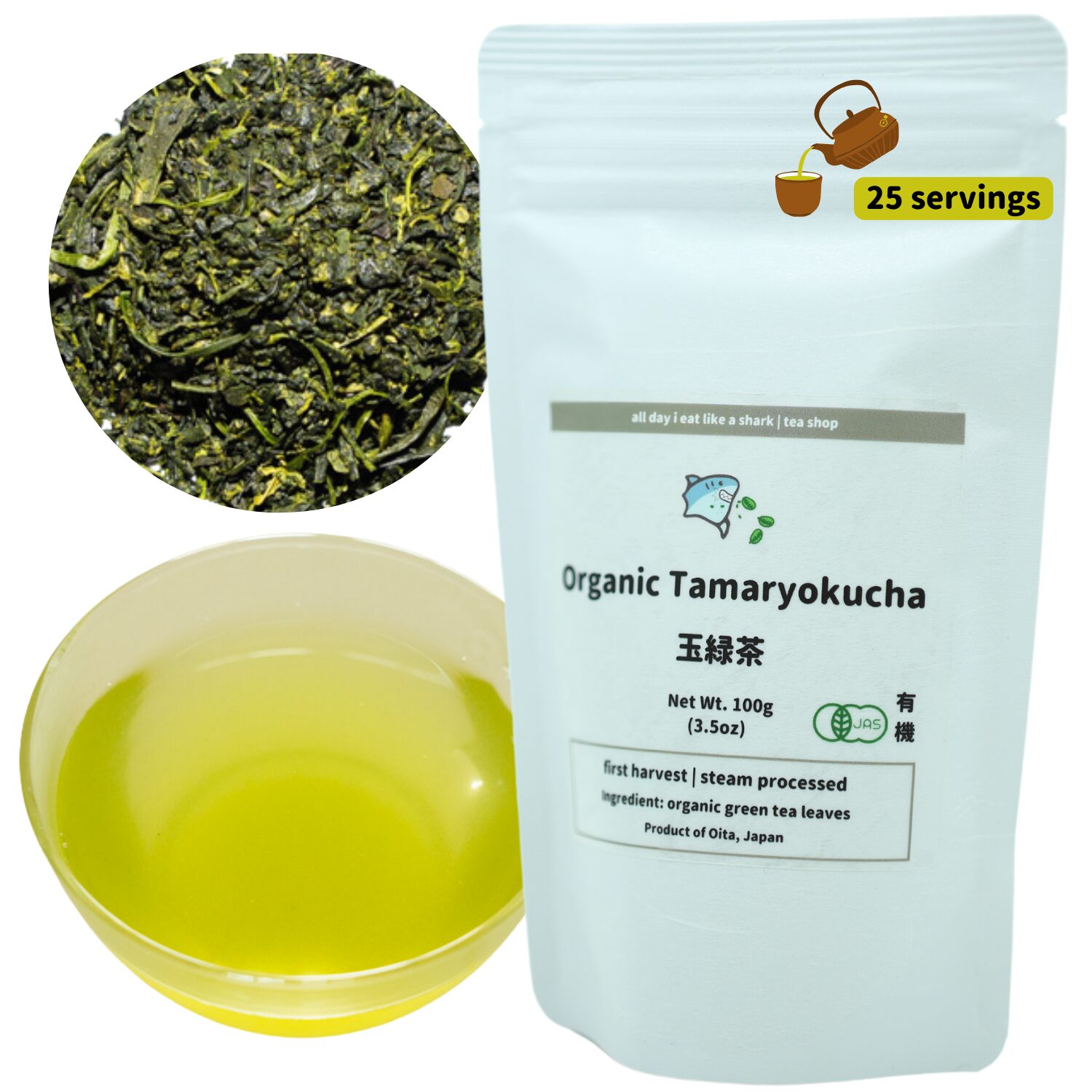

- Offers a distinctive flavor blend of berry, nut, citrus, and grass notes, providing a unique Japanese green tea experience.
- Organic Tamaryokucha is Certified JAS Organic, ensuring both quality and environmentally-conscious cultivation.
- Abundant in antioxidants, contributing to potential immunity support and enhancing the health benefits of the tea.
- The steaming and rolling production method results in a visually appealing curled shape, adding to the tea's aesthetic appeal.
- Versatile brewing options allow customization according to taste preferences.
- The unique flavor profile might not appeal to everyone
- The curled appearance might lead to inconsistent measurements when brewing by teaspoon, affecting taste results.
- The specialized production process could lead to a higher price point compared to more common green tea varieties.
- Requires specific steeping temperatures and times.
If you’ve journeyed this far into our
Originating from this magnificent land, tamaryokucha stands out for its unique, almost unusual, flavor. It’s a bold, yet slightly sweet brew that truly captures the essence of Japan in every sip.
For your very own cup of tamaryokucha, you’ll need water and patience. Start by bringing the water to a gentle boil. As the bubbles rise, let yourself sink into the art of
After letting the water cool a little, add your tamaryokucha leaves. Let it steep. This is where you step back and let the leaves dance in the water, slowly uncovering their exquisite flavor.
Every
Amazing, isn’t it? So, the next time you’re in the mood for a new flavor adventure, remember tamaryokucha.

Brewing Japanese Tea : A Traditional Experience
Brewing Japanese tea is more than just a customary act, it’s an immersive, traditional experience. Akin to a calming ritual, each step in the preparation of Japanese teas has its own significance.
The array of Japanese
It’s notable that Japanese
Each type of Japanese



Konnichiwa! (Hello!) I'm Pat Tokuyama, a Japanese tofu cookbook author, who travels for music, food, and adventure. If you like Japanese tea, checkout some of the newestorganic japanese tea, matcha bowls and noren and more!
** Curious about the Plant Based Japanese Cooking Club? ** Learn more here!
Mastering the Art of Brewing Loose Leaf Japanese Tea
Mastering the art of brewing Japanese
While brewing Japanese green
But remember, much like mastering any skill, patience is key. So, take your time and allow the elegant dance of brewing
When brewing loose leaf Japanese tea, you can enhance the traditional experience by following a few simple steps.
- First, choose the right type of tea based on your preferences and desired flavor profile.
- Next, measure the correct amount of tea leaves for your teapot or cup. Generally, a teaspoon of tea leaves per eight ounces of water is a good starting point.
- Then, heat the water to the appropriate temperature for the specific type of tea you’re brewing.
- Steep the tea leaves for the recommended time, usually 30 seconds to 2 minutes, depending on the type of tea and your personal taste preferences.
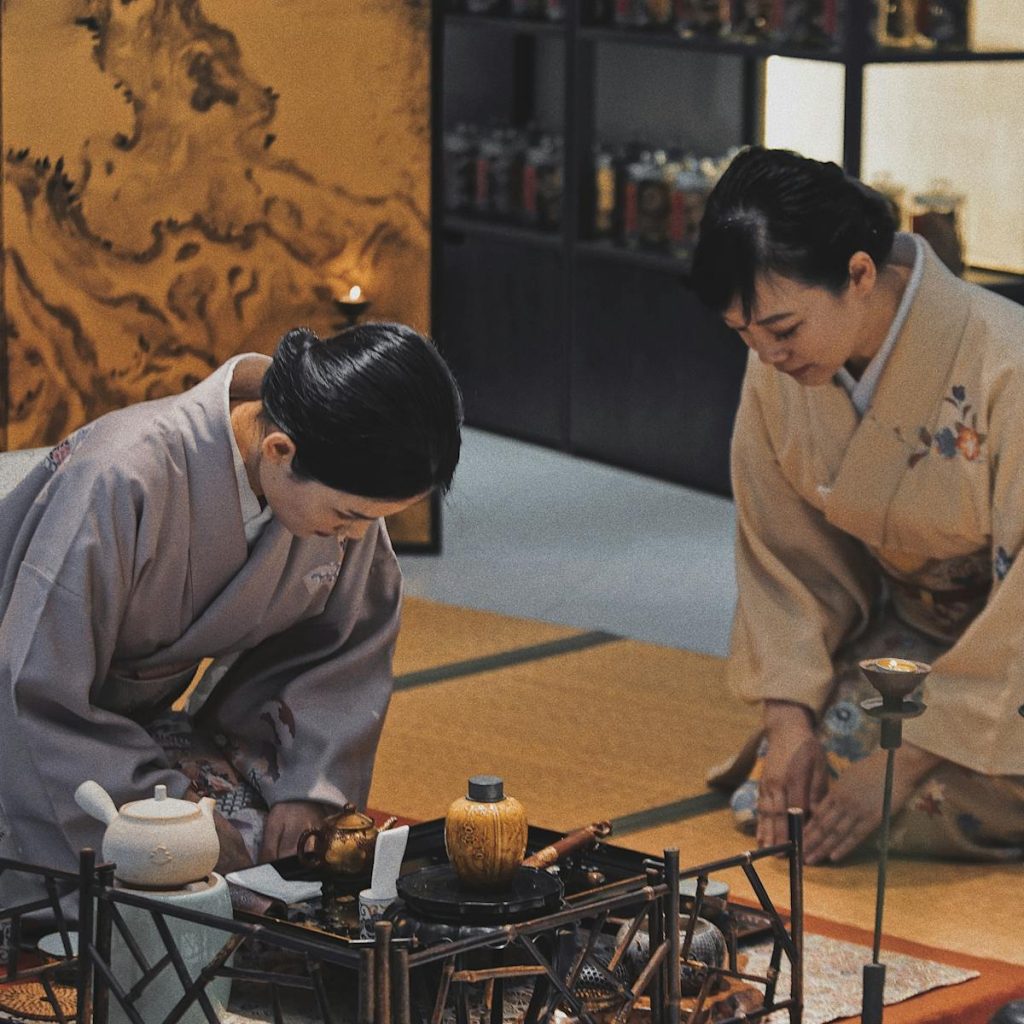
The Japanese Tea Ceremony: An Immersive Tea Culture in Japan
The Japanese tea ceremony offers an immersive and deeply rooted experience in tea culture. It’s a traditional way of preparing and drinking tea that originated from the tea-drinking rituals practiced by Zen monks in Japan during the 8th century.
The ceremony takes place in a tea house or room called ‘cha-shitsu‘ and follows a strict etiquette established by Sen no Rikyū. The ceremony emphasizes simplicity, mindfulness, and harmony. As a participant, you’ll be expected to be punctual, dress modestly, maintain a calm atmosphere, and show appreciation for the tea and the host.
The tea ceremony isn’t just about serving and drinking tea, but also about creating a sense of connection and tranquility. It’s a beautiful and meaningful way to experience the rich tea culture of Japan.





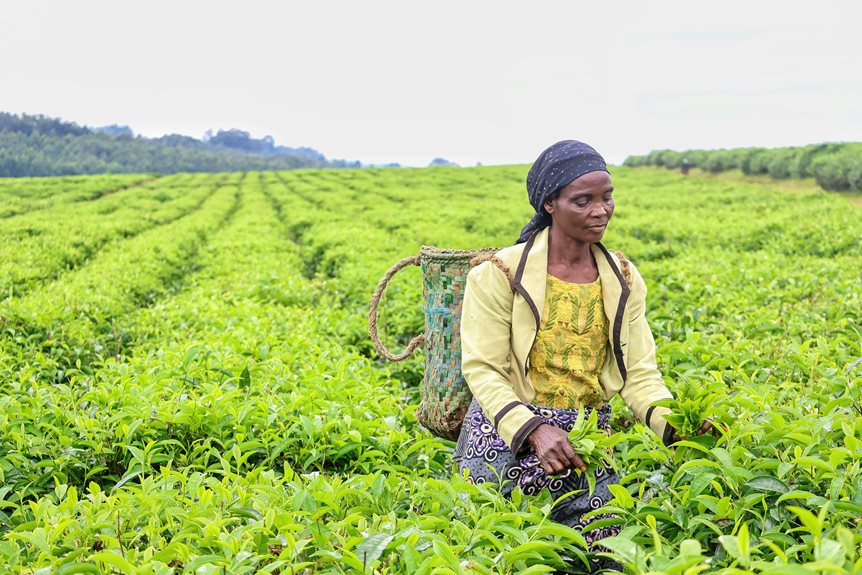


Konnichiwa! (Hello!) I'm Pat Tokuyama, a Japanese tofu cookbook author, who travels for music, food, and adventure. If you like Japanese tea, checkout some of the newestorganic japanese tea, matcha bowls and noren and more!
** Curious about the Plant Based Japanese Cooking Club? ** Learn more here!